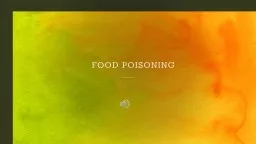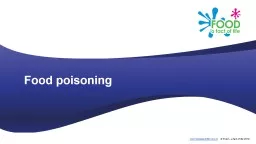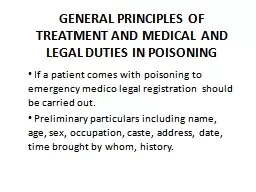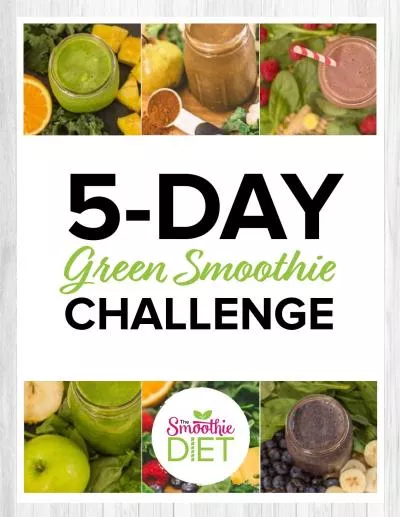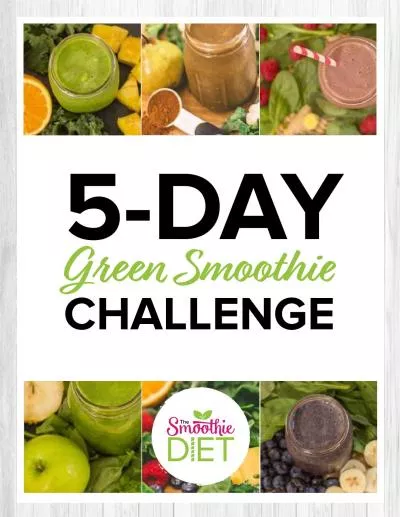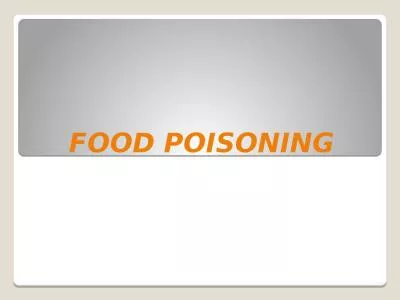PPT-Unhealthy diet Food poisoning
Author : freya | Published Date : 2024-03-15
Food poisoning is an everpresent threat that can be prevented with proper care and handling of food products It is estimated that between 24 and 81 million cases
Presentation Embed Code
Download Presentation
Download Presentation The PPT/PDF document "Unhealthy diet Food poisoning" is the property of its rightful owner. Permission is granted to download and print the materials on this website for personal, non-commercial use only, and to display it on your personal computer provided you do not modify the materials and that you retain all copyright notices contained in the materials. By downloading content from our website, you accept the terms of this agreement.
Unhealthy diet Food poisoning: Transcript
Download Rules Of Document
"Unhealthy diet Food poisoning"The content belongs to its owner. You may download and print it for personal use, without modification, and keep all copyright notices. By downloading, you agree to these terms.
Related Documents

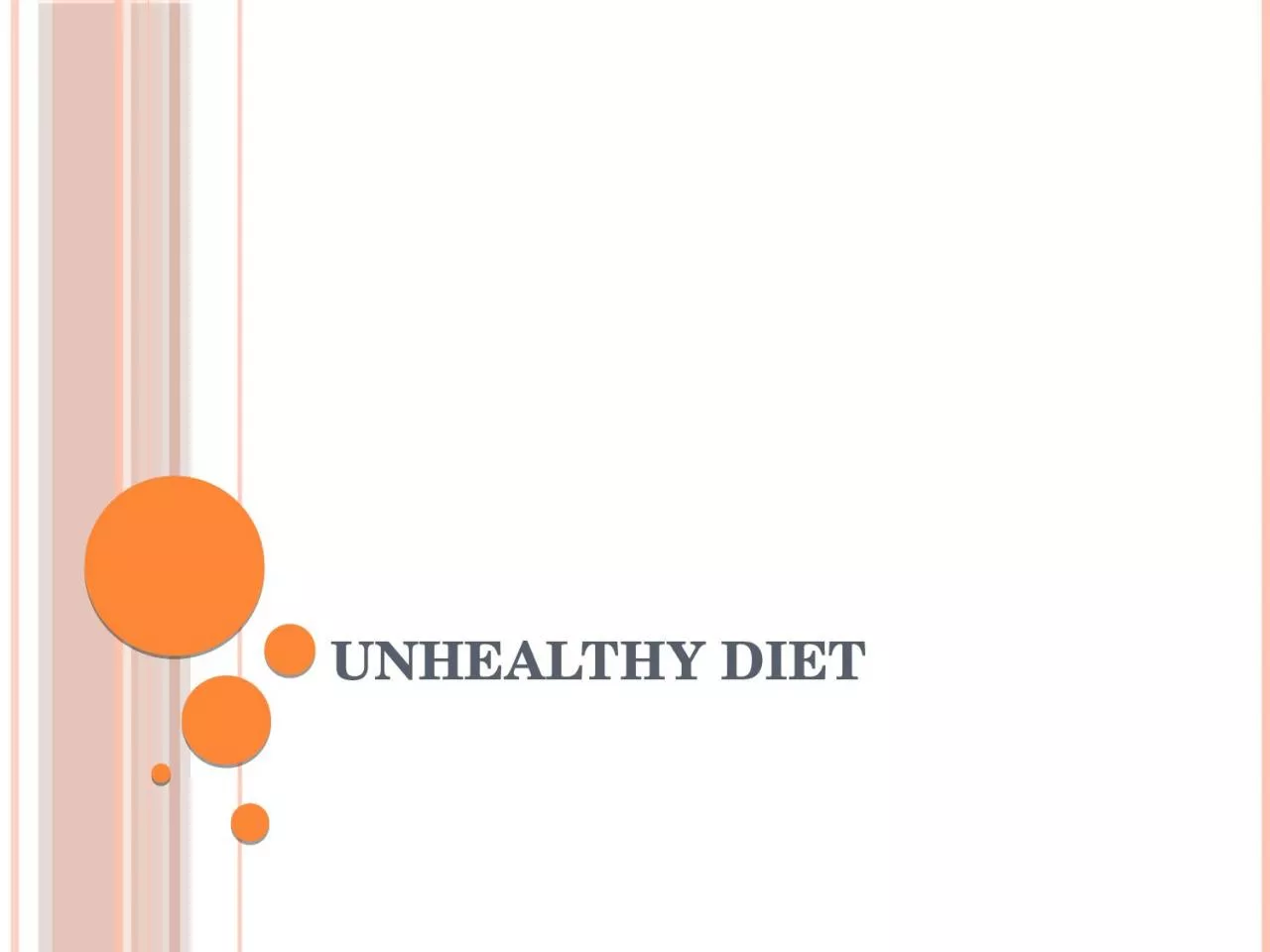
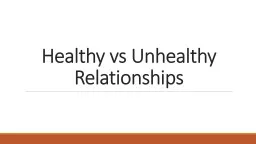
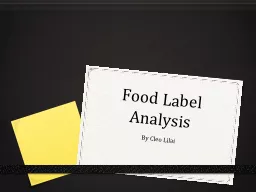
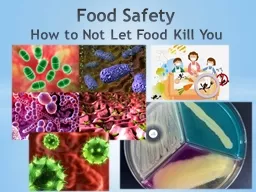

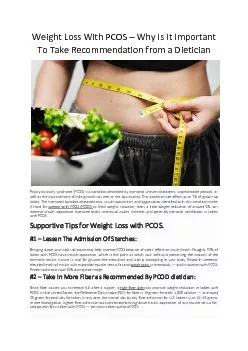
![[DOWNLOAD] Paleo diet: Paleo Diet Plan for Begginers (Paleo diet for beginners, Paleo](https://thumbs.docslides.com/882090/download-paleo-diet-paleo-diet-plan-for-begginers-paleo-diet-for-beginners-paleo-diet-recipes-paleo-diet-cookbook-paleo-plan.jpg)

